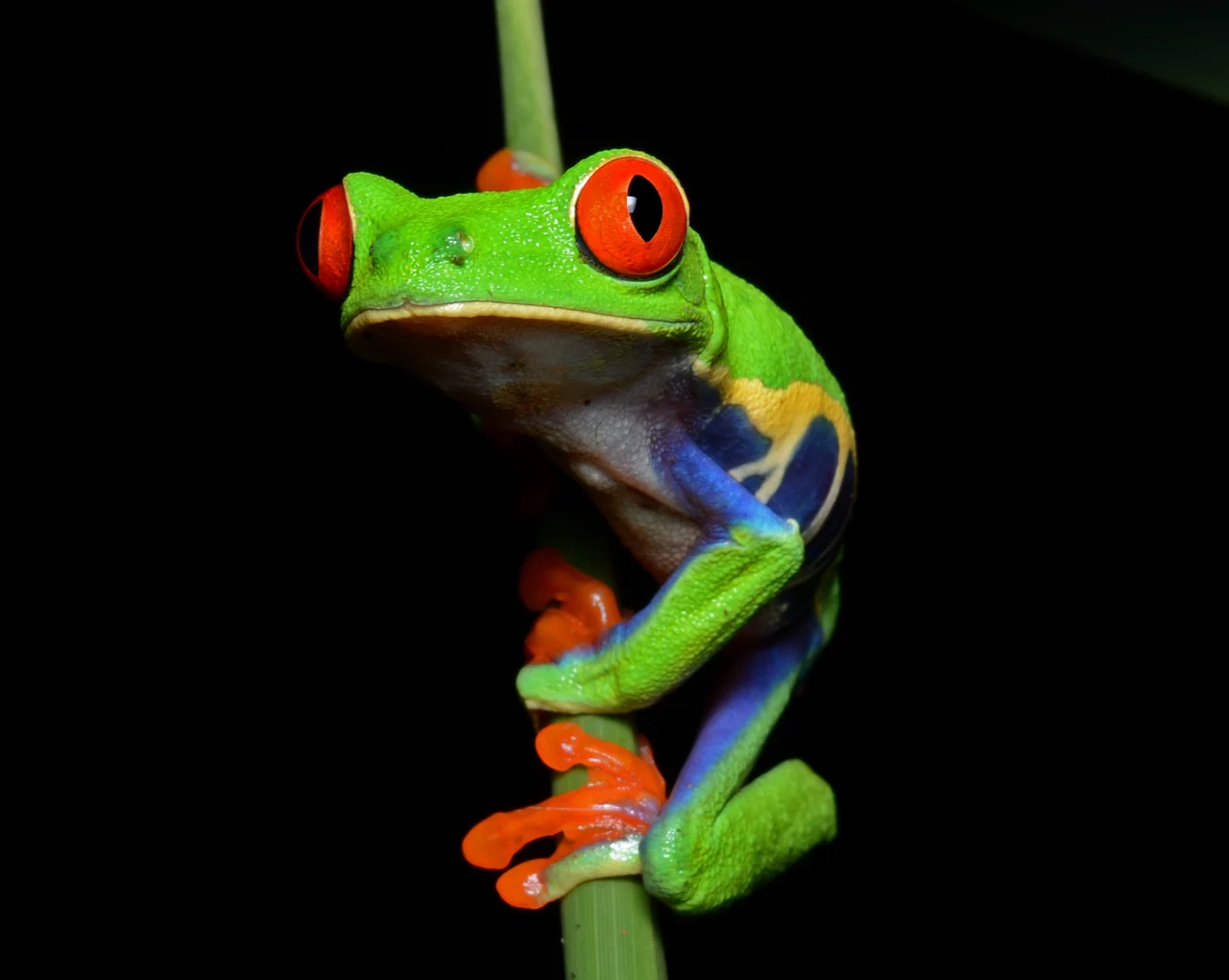Amphibians and reptiles, two fascinating groups of animals, have captivated the curiosity of scientists and nature enthusiasts for centuries. These cold-blooded creatures share some similarities, such as their reliance on external sources of heat to regulate their body temperature.

However, they also differ significantly in their habitat, physical characteristics, and reproductive strategies. Understanding the differences between amphibians vs. reptiles is crucial for gaining insights into the diverse world of amphibians and reptiles and for informing conservation efforts to protect these unique species.
Differences Between Amphibians and Reptiles
Amphibians and reptiles exhibit a wide range of adaptations and behaviors that have allowed them to thrive in various environments. By delving into their unique characteristics, we gain a deeper understanding of the complexity and beauty of the natural world.
Understanding the differences between amphibians and reptiles is crucial for conservation efforts. Both groups face numerous threats, including habitat loss, pollution, and climate change.

By comprehending their distinct needs and vulnerabilities, we can develop targeted conservation strategies to protect these vulnerable species and their habitats.
Although amphibians and reptiles share some similarities, they differ in their habitat, physical characteristics, and reproductive strategies.
Amphibians and reptiles may seem similar at first glance, but a closer examination reveals their contrasting features. While both groups are ectothermic and rely on external heat sources to regulate their body temperature, their habitats, physical characteristics, and reproductive strategies set them apart.
By exploring these differences, we can gain a deeper appreciation for the unique adaptations and ecological roles of amphibians and reptiles.
Amphibians vs Reptiles:
| Characteristic | Amphibians | Reptiles |
|---|---|---|
| Skin | Moist, permeable | Dry, scaly |
| Reproduction | Lay eggs in water or moist environments, undergo metamorphosis | Lay amniotic eggs on land, offspring resemble miniature adults |
| Habitat preference | Aquatic or semi-aquatic, often dependent on water for reproduction | Terrestrial, some species adapted to aquatic environments |
| Respiration | Breathe through skin (cutaneous respiration) in addition to lungs | Primarily rely on lungs for respiration |
| Thermoregulation | Ectothermic (rely on external heat sources), limited ability to regulate body temperature | Ectothermic, some reptiles exhibit behavioral thermoregulation |
| Groups | Frogs, toads, salamanders, caecilians | Turtles, snakes, lizards, crocodiles |
Habitat
Amphibians and reptiles inhabit a wide range of environments, but they have distinct preferences when it comes to their habitats.
Amphibian Habitat
Amphibians are known for their dependence on water for reproduction and survival. They typically lay their eggs in water, where they undergo metamorphosis from aquatic larvae to terrestrial adults. This reliance on water is evident in their adaptations to both aquatic and terrestrial environments.
- Dependence on water for reproduction and survival: Amphibians require water for breeding and laying their eggs. Many species have aquatic larvae, such as tadpoles, which undergo a remarkable transformation as they develop into adults.
- Adaptations to aquatic and terrestrial environments: Amphibians have evolved to thrive in both water and on land. They possess webbed feet for efficient swimming and have specialized skin that allows them to absorb oxygen from the water. However, they also have lungs and can breathe air when they are on land.

Reptile Habitat
Reptiles, on the other hand, have the ability to thrive in diverse habitats, including deserts, forests, and oceans. They are incredibly adaptable and can be found in a wide range of ecosystems around the world.
- Ability to thrive in diverse habitats: Reptiles have evolved to occupy a variety of environments. Some species, like snakes and lizards, are well-suited for life in arid deserts, while others, like turtles and crocodiles, are adapted for aquatic habitats. This adaptability allows reptiles to colonize different regions of the planet.
- Adaptations for life on land: Unlike amphibians, reptiles do not rely on water for reproduction. They lay their eggs on land, protected by a leathery or hard shell. This adaptation enables them to colonize areas far away from water sources and expand their range of habitats.

While amphibians are closely tied to water for reproduction and survival, reptiles can thrive in diverse habitats, including aquatic and terrestrial environments.
Their contrasting habitat preferences have shaped their unique adaptations and behaviors.
Physical Characteristics
Amphibians and reptiles possess distinct physical characteristics that set them apart from each other. These characteristics play a crucial role in their survival and adaptation to their respective environments.
Amphibian Physical Characteristics
Amphibians exhibit several notable physical characteristics that differentiate them from reptiles:
- Moist skin for respiration: Amphibians have thin, permeable skin that allows them to breathe through it. This adaptation enables them to absorb oxygen from the surrounding water or moist environments. Their skin also serves as a vital organ for regulating water balance.
- Lack of scales: Unlike reptiles, amphibians lack scales. Instead, their skin is smooth and moist, providing a unique texture and appearance.
- Cold-blooded nature: Amphibians are ectothermic, meaning they rely on external heat sources to regulate their body temperature. They are unable to generate their own body heat and instead adapt to the temperature of their surroundings.

Reptile Physical Characteristics
Reptiles possess distinct physical characteristics that differentiate them from amphibians:
- Dry, scaly skin for protection and water conservation: Reptiles have dry, scaly skin that serves multiple purposes. The scales provide protection against predators and environmental hazards. Additionally, the skin helps to reduce water loss, allowing reptiles to thrive in arid environments.
- Presence of scales: Unlike amphibians, reptiles have scales covering their bodies. These scales provide a protective layer and help to prevent water loss, making them well-suited for life on land.
- Cold-blooded nature: Similar to amphibians, reptiles are ectothermic and rely on external heat sources to regulate their body temperature. They bask in the sun to warm up and seek shade or burrows to cool down.

Amphibians possess moist skin, lack scales, and are ectothermic, while reptiles have dry, scaly skin, the presence of scales, and are also ectothermic.
These physical characteristics reflect their adaptations to different environments and play a crucial role in their survival strategies.
Reproductive Strategies
Amphibians and reptiles employ distinct reproductive strategies that contribute to their survival and the continuation of their species. These strategies differ in terms of fertilization, development, and dependence on specific habitats.
Amphibian Reproduction
Amphibians have unique reproductive strategies that are closely tied to their dependence on water:
- External fertilization: Most amphibians engage in external fertilization, where the female lays eggs in water and the male releases sperm to fertilize them. This process typically occurs during mating rituals, where males attract females with calls or displays.
- Metamorphosis from aquatic larvae to terrestrial adults: Amphibians undergo a remarkable transformation during their life cycle. After hatching from eggs, they typically develop into aquatic larvae, such as tadpoles. These larvae undergo metamorphosis, transforming into terrestrial adults with lungs and limbs.
- Dependence on water for egg-laying and development: Amphibians lay their eggs in water or moist environments to ensure their survival. The eggs require a suitable aquatic environment for development, as they lack protective shells and are vulnerable to desiccation.

Reptile Reproduction
Reptiles employ different reproductive strategies that allow them to adapt to a variety of habitats:
- Internal fertilization: Unlike amphibians, reptiles engage in internal fertilization. The male transfers sperm directly into the female’s reproductive tract, increasing the chances of successful fertilization.
- Direct development of embryos within eggs: Reptiles have amniotic eggs, which contain protective membranes that surround the developing embryo. This adaptation allows reptiles to lay their eggs on land, reducing their dependence on water for reproduction.
- Ability to lay eggs on land or in water, depending on the species: While some reptiles lay their eggs on land, others, such as turtles and crocodiles, lay their eggs in nests near water. This flexibility in egg-laying habitats allows reptiles to adapt to different environments.

Amphibians rely on external fertilization, undergo metamorphosis, and depend on water for egg-laying and development.
Reptiles, on the other hand, engage in internal fertilization, have direct development of embryos within eggs, and exhibit flexibility in their choice of egg-laying habitats.
These reproductive strategies reflect the unique adaptations of each group and contribute to their survival and reproductive success.
Adaptations for Survival
Amphibians and reptiles have evolved a variety of adaptations that enable them to survive in their respective environments. These adaptations play a crucial role in their ability to find food, avoid predators, and thrive in diverse ecosystems.
Amphibian Adaptations
Amphibians possess several adaptations that contribute to their survival:
- Ability to breathe through the skin: Amphibians have thin, permeable skin that allows them to exchange gases with the environment. This adaptation enables them to absorb oxygen through their skin, making respiration possible even when submerged in water.
- Sensitivity to environmental changes: Amphibians are highly sensitive to changes in their surroundings. They serve as indicators of ecosystem health, as their population declines can signal environmental degradation or pollution.
- Camouflage and toxic skin secretions for defense: Many amphibians have evolved camouflage patterns or colors that help them blend into their surroundings, making it harder for predators to spot them. Additionally, some species produce toxic skin secretions as a defense mechanism, deterring predators from attacking.
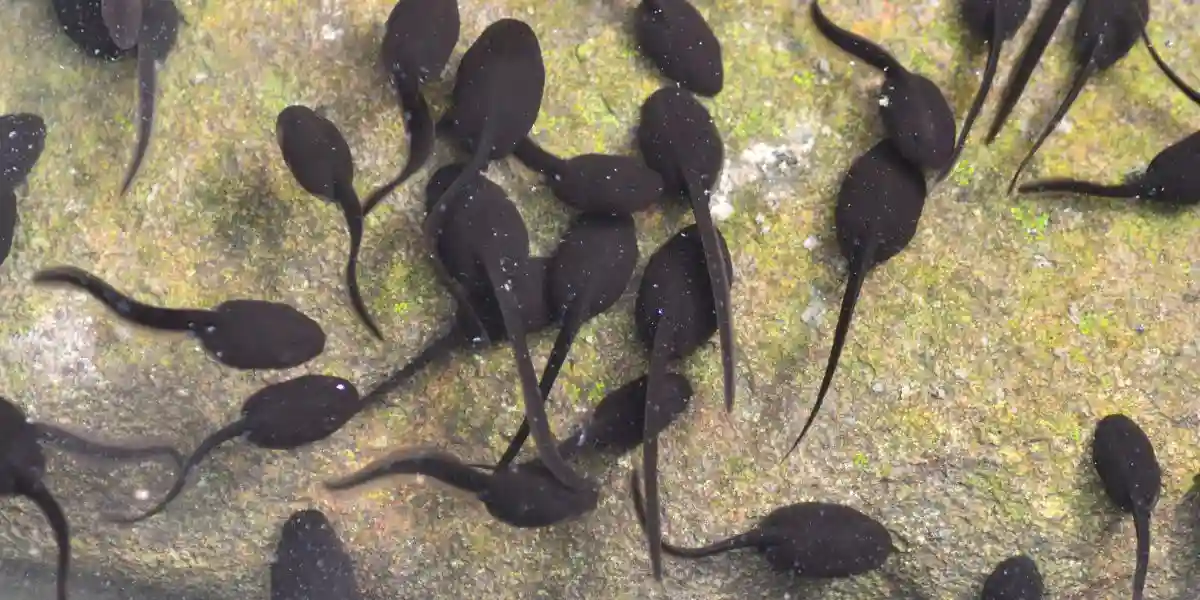
Reptile Adaptations
Reptiles possess a range of adaptations that contribute to their survival:
- Efficient lungs for breathing air: Unlike amphibians, reptiles have well-developed lungs that allow them to breathe air more efficiently. This adaptation enables them to extract oxygen from the atmosphere, making them less dependent on aquatic environments.
- Ability to regulate body temperature through behavior (ectothermic): Reptiles are ectothermic, meaning they rely on external heat sources to regulate their body temperature. They bask in the sun to warm up and seek shade or burrows to cool down, allowing them to adapt to different temperature conditions.
- Various defense mechanisms, such as venomous bites or camouflaged appearances: Reptiles have evolved various defense mechanisms to protect themselves from predators. Some reptiles, like snakes, possess venomous bites that immobilize or kill their prey. Others rely on their camouflaged appearances to blend into their surroundings, making it harder for predators to detect them.

Amphibians have adaptations such as the ability to breathe through their skin, sensitivity to environmental changes, and defensive mechanisms like camouflage and toxic skin secretions.
Reptiles, on the other hand, possess efficient lungs for breathing air, the ability to regulate body temperature through behavior, and various defense mechanisms.
These adaptations allow both groups to survive and thrive in their respective habitats.
Ecological Roles
Amphibians and reptiles play important ecological roles within their respective ecosystems. These roles contribute to the balance and functioning of their habitats, influencing other organisms and the overall health of the ecosystem.
Amphibian’s Role In The Ecosystem
Amphibians fulfill crucial ecological roles, including:
- Important role in controlling insect populations: Many amphibians, such as frogs and toads, are voracious insect eaters. They help regulate insect populations, preventing outbreaks that could disrupt ecosystem balance.
- Contribution to nutrient cycling and ecosystem balance: Amphibians, through their feeding habits and interactions with their environment, contribute to nutrient cycling. They consume organic matter and release nutrients back into the ecosystem through their waste, supporting the overall balance and functioning of the ecosystem.
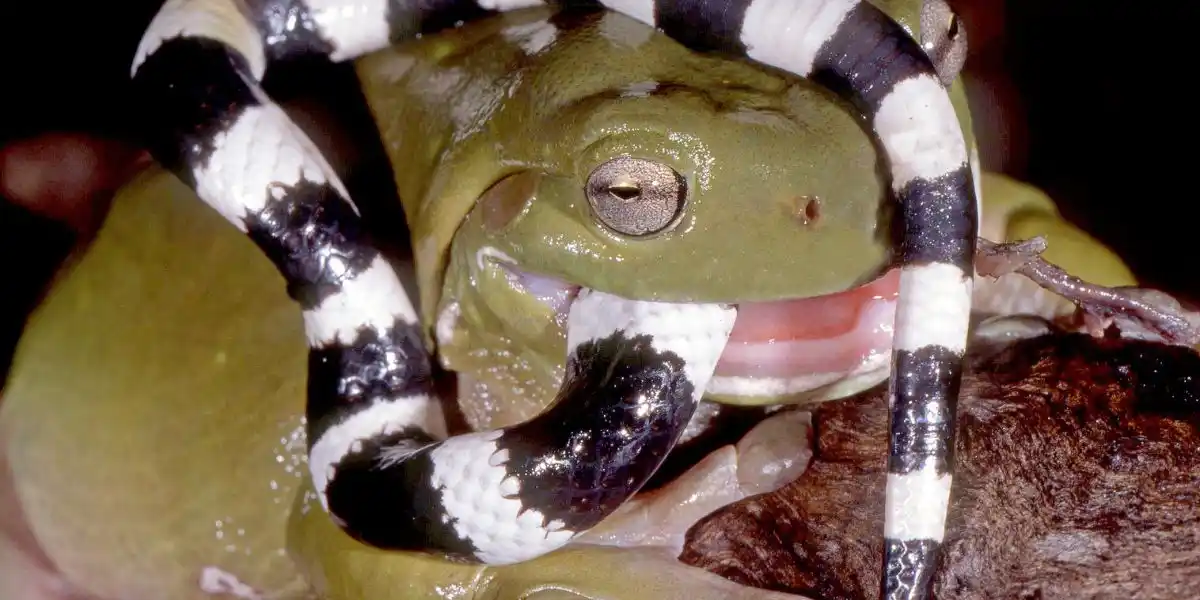
Reptile’s Role In The Ecosystem
Reptiles also have significant ecological roles within their ecosystems:
- Predators of small mammals, birds, and insects: Reptiles, including snakes and certain lizard species, play a vital role as predators. They help control populations of small mammals, birds, and insects, regulating their numbers and preventing overpopulation.
- Influence on plant populations through seed dispersal: Some reptiles, such as turtles and lizards, contribute to seed dispersal. They consume fruits or seeds and then excrete them in different locations, aiding in the dispersal and germination of plant species.
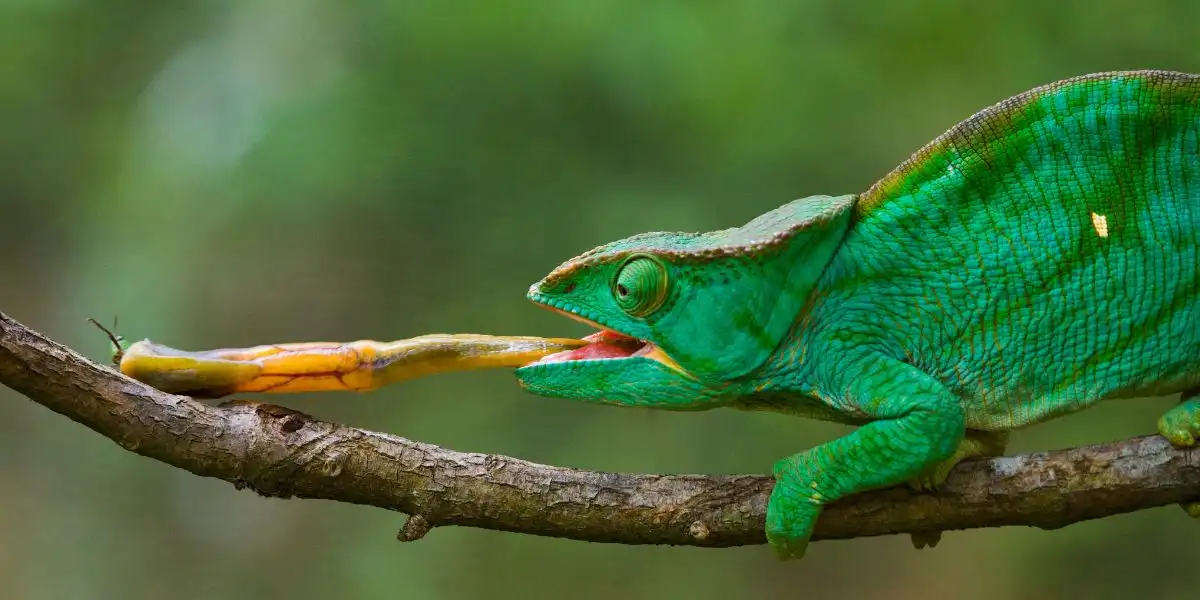
Amphibians contribute to ecosystem balance by controlling insect populations and participating in nutrient cycling.
Reptiles, on the other hand, play important roles as predators of small mammals, birds, and insects, as well as aiding in seed dispersal.
These ecological roles highlight the interconnectedness of these animals with their habitats and emphasize their significance in maintaining the health and functioning of ecosystems.
Conservation Concerns
Both amphibians and reptiles face numerous conservation concerns that threaten their populations and habitats. Understanding these challenges is crucial for implementing effective conservation strategies to protect these unique and diverse groups of animals.
Amphibian Conservation
Amphibians are particularly vulnerable to various threats, including:
- Declining populations due to habitat loss, pollution, and climate change: Amphibians are highly sensitive to environmental changes, making them susceptible to habitat loss, pollution from pesticides and chemicals, and the impacts of climate change. Loss of wetlands, deforestation, and the introduction of invasive species further contribute to their population decline.
- Importance of protecting wetlands and freshwater habitats: Wetlands and freshwater habitats are critical for amphibians’ survival and reproduction. Protecting and restoring these habitats is essential for maintaining healthy amphibian populations and ensuring their long-term survival.
Reptile Conservation
Reptiles also face significant conservation challenges, including:
- Threats from habitat destruction, illegal trade, and climate change: Reptiles are impacted by habitat destruction due to urbanization, agriculture, and deforestation. Additionally, illegal trade for the pet industry poses a significant threat to many reptile species. Climate change, with its associated shifts in temperature and precipitation patterns, can also disrupt reptile habitats and affect their survival.
- Need for conservation efforts to protect diverse reptile species: Reptiles exhibit remarkable diversity, with numerous species facing the risk of extinction. Conservation efforts should focus on habitat protection, regulation of the pet trade, and raising awareness about the importance of reptiles in ecosystems.
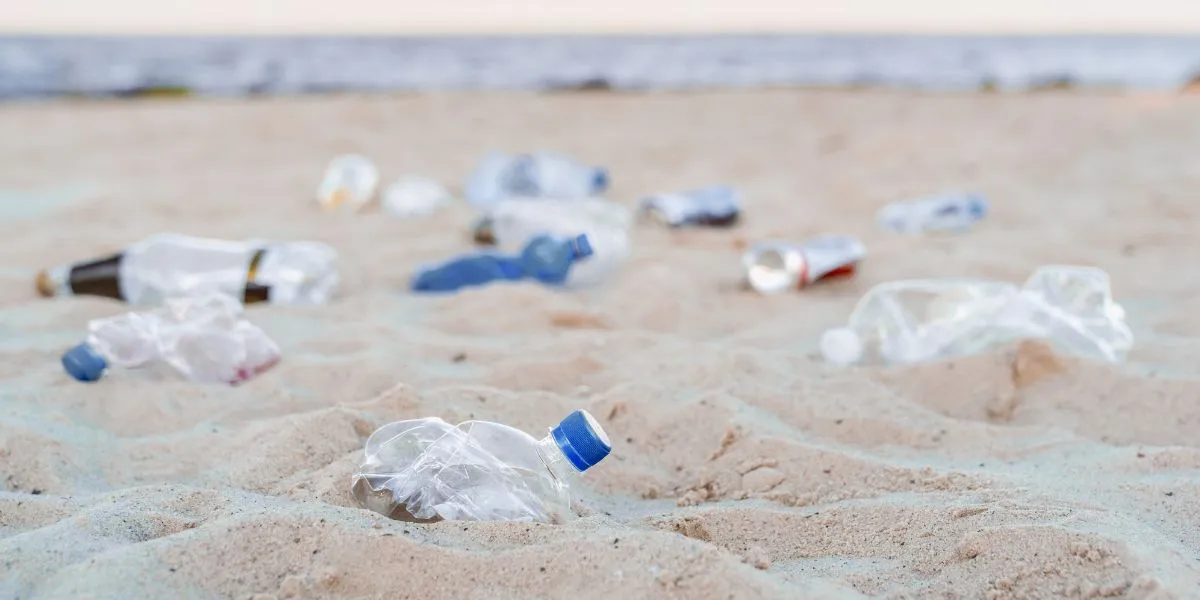
Both amphibians and reptiles face conservation concerns related to habitat loss, pollution, climate change, and illegal trade.
Protecting their habitats, implementing sustainable practices, and raising awareness about their ecological importance are crucial for their conservation and long-term survival.
Conservation efforts must be targeted and collaborative to ensure the protection of these fascinating and vital animal groups.
Frequently Asked Questions
The three main differences between amphibians and reptiles are their skin, reproductive methods, and habitat preferences. Amphibians have moist, permeable skin, while reptiles have dry, scaly skin. Amphibians typically lay eggs in water or moist environments, and their larvae undergo metamorphosis into adults. Reptiles, on the other hand, lay amniotic eggs on land and their offspring resemble miniature adults at birth. Lastly, amphibians are closely associated with aquatic or semi-aquatic environments, while reptiles are more adapted to terrestrial habitats.
No, amphibians do not belong to the reptile group (Reptilia). Amphibians and reptiles are two distinct classes of vertebrates. Amphibians belong to the class Amphibia, which includes frogs, toads, salamanders, and caecilians. Reptiles belong to the class Reptilia and include turtles, snakes, lizards, crocodiles, and birds (considered reptiles under cladistic classification).
No, amphibians and lizards are two different groups of animals. Lizards belong to the reptile group, specifically the order Squamata, which includes various lizard species. Amphibians, as mentioned earlier, belong to the class Amphibia, which includes frogs, toads, salamanders, and caecilians.
No, most reptiles cannot breathe underwater. Reptiles are air-breathing animals and have lungs to facilitate respiration. While some reptiles, like turtles and crocodiles, can hold their breath for extended periods and may exhibit limited respiration underwater, they still rely primarily on air for breathing.
Yes, many amphibians have the ability to breathe through their skin. Their skin is thin, moist, and highly permeable, allowing for gas exchange to occur directly through the skin. This cutaneous respiration is particularly important for amphibians living in aquatic or moist environments.
Reptiles did not entirely replace amphibians, but they did experience significant evolutionary success and diversification during the transition from the Paleozoic Era to the Mesozoic Era. Several factors contributed to this transition. Reptiles evolved adaptations that allowed them to be more independent of water, such as amniotic eggs that could be laid on land, scaly skin that reduced water loss, and more efficient internal fertilization. These adaptations provided reptiles with a competitive advantage in drier environments, enabling them to explore terrestrial habitats more effectively than amphibians.
Reptiles are generally absent from the Arctic region due to the extreme environmental conditions found there. The Arctic experiences long, cold winters with temperatures well below freezing, and short, cool summers. These cold temperatures make it challenging for reptiles to survive, as they are ectothermic (cold-blooded) animals that rely on external heat sources to regulate their body temperature. Reptiles are more commonly found in warmer climates where they can bask in sunlight to raise their body temperature. However, it’s worth noting that some reptiles, like certain species of snakes, are found in northern regions beyond the Arctic Circle, but they are not specifically adapted to the Arctic environment.
Conclusion
Amphibians and reptiles, though sharing some similarities, exhibit distinct differences in their habitat, physical characteristics, reproductive strategies, and adaptations for survival.
Both amphibians and reptiles play important ecological roles, with amphibians controlling insect populations and contributing to nutrient cycling, while reptiles act as predators and aid in seed dispersal. Their presence and interactions within ecosystems contribute to the balance and functioning of these habitats.
Understanding the differences between amphibians and reptiles is crucial for appreciating their unique characteristics and ecological roles. It also underscores the importance of conservation efforts and further research to protect these fascinating and diverse groups of animals.
By taking action to conserve their habitats and raise awareness about their importance, we can ensure the survival and well-being of amphibians and reptiles for generations to come.



